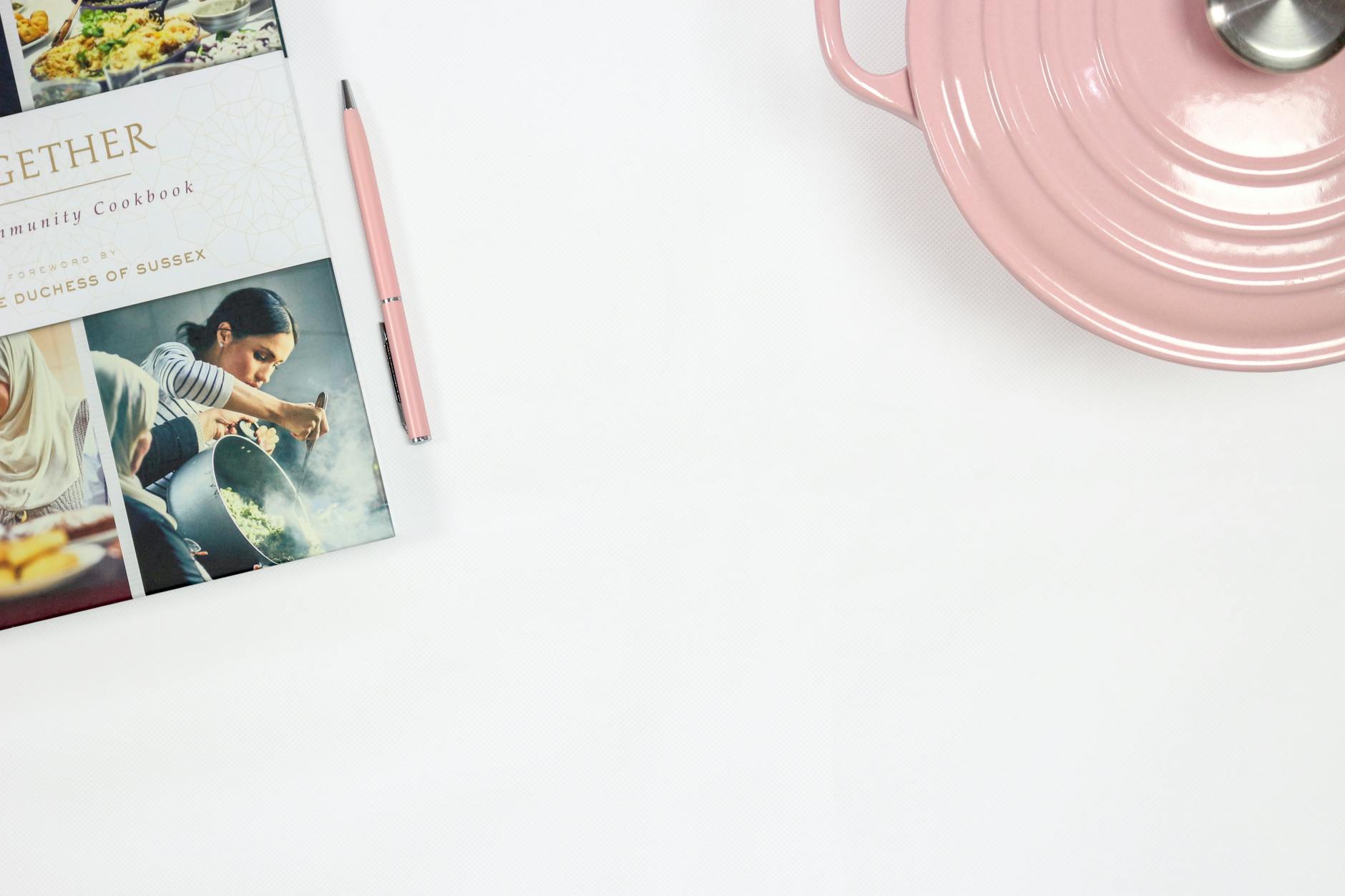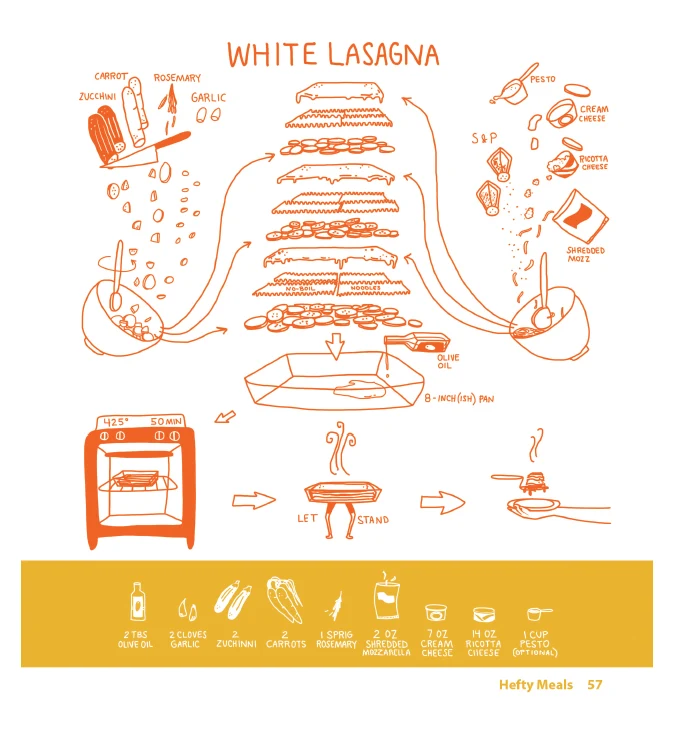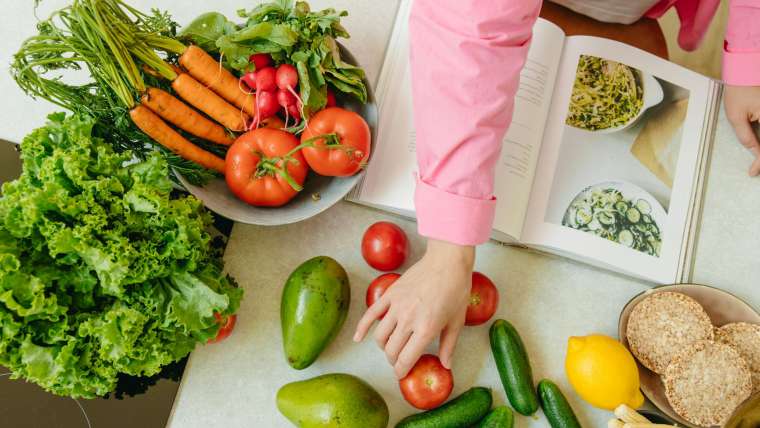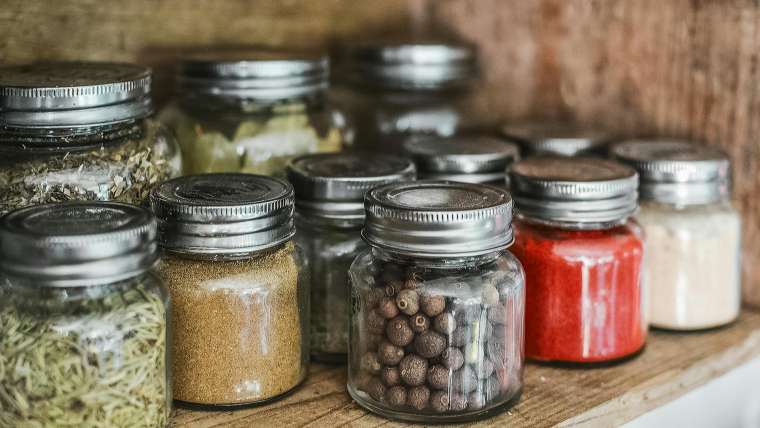Unlock the secrets to cooking classic dishes like a pro with these easy-to-follow tips and tricks from master chefs.
Table of Contents
Classic dishes are like old friends that bring us comfort and joy. Have you ever wondered what goes into making those delicious meals that we love to eat over and over again? Well, get ready because we’re about to embark on a fun culinary adventure where we’ll be cooking up some of your favorite comforting classics!
There’s something special about preparing and enjoying classic dishes. The smell of food cooking, the sizzle of ingredients in the pan, and the satisfaction of creating a tasty meal from scratch – it’s all part of the experience. So, are you ready to dive into the world of classic dishes and learn how to cook up some yummy favorites? Let’s get started!
Preparing Your Kitchen
Before diving into the world of classic dishes, it’s important to prepare your kitchen to ensure a smooth cooking experience. Let’s go over some tips on getting your kitchen ready to cook up some scrumptious meals.
Gathering Cooking Tools
One of the first steps in preparing your kitchen for culinary adventures is making sure you have the essential tools on hand. You’ll need basic items like pots, pans, mixing bowls, measuring cups, and utensils. These tools will help you whip up delicious dishes with ease.
Choosing the Right Ingredients
Next, it’s essential to choose the right ingredients to bring out the best flavors in your classic dishes. Opt for fresh and flavorful ingredients to ensure your meals taste fantastic. Fresh vegetables, quality meats, and aromatic herbs can make all the difference in your cooking.
Finding the Right Recipes
When embarking on a culinary adventure to cook classic dishes, finding the right recipes is key to success. Whether you are browsing a recipe site or flipping through a cookbook, it’s important to choose easy-to-follow recipes that suit your taste and skill level.
Using a Recipe Site
Online recipe sites are treasure troves of culinary inspiration. To find comforting classics that are perfect for young chefs, start by using the search bar to look up specific dishes or ingredients. Look for recipes with clear instructions and familiar ingredients.
Recipe Reading Tips
Reading a recipe may seem like a daunting task at first, but with a little practice, you’ll become a pro in no time. Make sure to read through the entire recipe before you begin cooking to understand the steps involved. Pay careful attention to measurements and the order in which ingredients are added.
Starting Simple
When it comes to cooking classic dishes, it’s always a great idea to start simple. Why, you may wonder? Well, starting with easy-to-follow recipes can help build your confidence in the kitchen and set you up for success when cooking up those comforting classics. So, let’s dive in and explore a couple of straightforward recipes that are sure to delight your taste buds!

Image courtesy of www.pinterest.com via Google Images
Easy Pasta Dish
If you’re new to cooking, making a pasta dish is a fantastic place to begin. Pasta is versatile, delicious, and incredibly simple to prepare. Here’s a basic recipe to get you started:
Ingredients:
- Pasta of your choice
- Tomato sauce
- Vegetables (such as bell peppers and onions)
- Grated cheese
- Seasonings (like salt, pepper, and Italian herbs)
Instructions:
- Boil water in a pot and add a pinch of salt.
- Add the pasta and cook according to the package instructions until al dente.
- In a separate pan, sauté the chopped vegetables until soft.
- Pour in the tomato sauce and seasoning, then simmer for a few minutes.
- Drain the cooked pasta and toss it in the sauce.
- Sprinkle grated cheese on top and serve hot!
Making a Grilled Cheese Sandwich
Another classic and straightforward dish that’s perfect for beginners is a grilled cheese sandwich. It’s quick, easy, and oh-so comforting. Here’s how you can make the perfect grilled cheese:
Ingredients:
- Bread slices
- Butter
- Cheese slices (like cheddar or American)
Instructions:
- Heat a pan on medium-low heat.
- Butter one side of each bread slice.
- Place one bread slice butter-side down in the pan.
- Top with cheese slices and the other bread slice, butter-side up.
- Cook until the bottom bread is golden brown, then flip and cook the other side.
- Once both sides are crispy and the cheese is melted, your grilled cheese is ready to enjoy!
By starting simple with these easy recipes, you’ll gain the confidence and skills you need to embark on a culinary adventure full of delicious classic dishes. So, put on your chef’s hat, gather your ingredients, and get ready to create some tasty meals!
Cooking Techniques
Embark on a culinary adventure by exploring some basic cooking techniques every young chef should know. These skills will help you create delicious classic dishes with ease.
Boiling and Simmering
Do you know the difference between boiling and simmering? Boiling means the water is bubbling vigorously, while simmering is a gentle bubbling. You boil pasta to cook it through, and you simmer soups or stews to let flavors meld together. Remember: pasta goes into boiling water, and soups go over a simmering heat.
Baking Basics
Baking is like a fun science experiment in the kitchen. Follow the recipe carefully, measure your ingredients accurately, and preheat your oven. Keep an eye on your baked goods as they cook to make sure they turn out just right. Whether it’s cookies, cakes, or bread, baking is a great way to create comforting classics.
Seasoning Your Dishes
Seasoning your dishes is an essential part of cooking classic dishes. It adds depth, flavor, and balance to your creations. Let’s uncover the secrets of seasoning to make your meals burst with delicious flavors.
| Dish | Ingredients | Instructions |
|---|---|---|
| Spaghetti Bolognese | Ground beef, onion, garlic, tomato sauce, spaghetti | 1. Cook pasta according to package instructions. 2. Brown ground beef in a skillet, add chopped onion and garlic. 3. Stir in tomato sauce and simmer. 4. Serve over cooked pasta. |
| Chicken Parmesan | Chicken breast, breadcrumbs, marinara sauce, mozzarella cheese | 1. Bread chicken with breadcrumbs and brown in a skillet. 2. Top with marinara sauce and cheese. 3. Bake until cheese is melted and bubbly. |
| Beef Stroganoff | Beef strips, onion, mushrooms, sour cream, egg noodles | 1. Brown beef in a skillet and set aside. 2. Cook onions and mushrooms, then add beef back in. 3. Stir in sour cream and serve over cooked egg noodles. |

Image courtesy of www.freepik.com via Google Images
Salt and Pepper Secrets
When it comes to seasoning, salt and pepper are the dynamic duo of the kitchen. They enhance the natural flavors of your ingredients and bring out the best in your dishes. Remember, a little goes a long way with salt, so start with a little and taste as you go. Pepper adds a touch of warmth and spice, so feel free to be generous if you enjoy a bit of heat.
Exploring Herbs and Spices
Herbs and spices are the secret weapons that can take your classic dishes to the next level. Some common herbs, like basil, oregano, and thyme, can add freshness and complexity to your dishes. Spices like cinnamon, cumin, and paprika can introduce depth and richness to your meals. Experiment with different combinations to discover your favorite flavor profiles.
Kitchen Safety
One of the most important things to remember in the kitchen is how to handle knives safely. Always hold the knife by the handle with a firm grip, making sure your fingers are away from the sharp blade. When cutting, keep your fingers tucked in and your eyes on what you’re cutting to avoid accidents. And remember, never play around with knives – they are tools, not toys.
Heat Safety
Cooking involves a lot of heat, whether from the stove, oven, or other appliances. To stay safe, make sure to use oven mitts or pot holders when handling hot pots, pans, or trays. Never touch a hot stove or oven with your bare hands. Also, be careful of steam when opening lids or pot covers – the hot steam can burn, so keep your face away and make sure to handle with care.
Plating and Presentation
Now that you have cooked up some delicious comforting classics, it’s time to make them look as good as they taste! Plating is the art of arranging food on a plate in a visually appealing way. This step is important because we eat with our eyes first, so a well-presented dish can make your meal even more enjoyable.
Garnishing
To take your classic dishes to the next level, consider adding some simple garnishes. These small decorative touches can add a burst of color and flavor to your plate. For example, you can sprinkle some chopped herbs on top of your pasta dish or add a slice of lemon to your grilled cheese sandwich. Get creative and have fun with it!
Sharing Your Culinary Creations
After you have successfully cooked up some delicious classic dishes, it’s time to share your culinary creations with the world! Don’t keep all that tastiness to yourself; spread the joy of good food with your family and friends. Sharing your dishes can be the start of your very own culinary adventure.
Conclusion
Today, we went on a fun culinary adventure exploring the world of classic dishes. Did you have a blast cooking up these yummy favorites? Remember, the kitchen is your playground, and there’s always something new to try!

Image courtesy of venngage.com via Google Images
As you continue to cook, don’t be afraid to experiment with different recipes and ingredients. The more you practice, the better you’ll become at creating delicious meals that will impress your family and friends.
So, keep up the good work in the kitchen, little chef! You’re on your way to becoming a cooking pro, mastering the art of making comforting classics that will bring joy to everyone around your table.
FAQs
How do I know if my pasta is cooked?
When cooking pasta, the best way to check if it’s done is by tasting it. Use a spoon to scoop out a piece of pasta and bite into it. If it’s tender and can be easily bitten through, then it’s cooked perfectly. You can also look for the pasta to be slightly soft but still have a bit of a bite to it, known as “al dente.”
What if I add too much salt?
If you accidentally add too much salt to your dish, don’t worry! There are a few tricks to help balance out the saltiness. One simple way is to add a peeled potato to the dish while it’s cooking. The potato will absorb some of the excess salt. Alternatively, you can add a bit of sugar, lemon juice, or vinegar to help counteract the saltiness. Remember, it’s always easier to add more ingredients to balance the flavors than it is to remove salt once it’s in the dish.






